Optimal Control, Stabilization and Nonsmooth Analysis
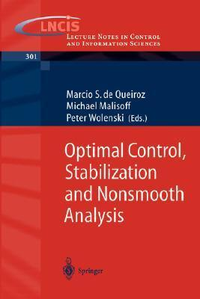
Summary
This edited book contains selected papers presented at the Louisiana Conference on Mathematical Control Theory (MCT'03), which brought together over 35 prominent world experts in mathematical control theory and its applications. The book forms a well-integrated exploration of those areas of mathematical control theory in which nonsmooth analysis is having a major impact. These include necessary and sufficient conditions in optimal control, Lyapunov characterizations of stability, input-to-state stability, the construction of feedback mechanisms, viscosity solutions of Hamilton-Jacobi equations, invariance, approximation theory, impulsive systems, computational issues for nonlinear systems, and other topics of interest to mathematicians and control engineers. The book has a strong interdisciplinary component and was designed to facilitate the interaction between leading mathematical experts in nonsmooth analysis and engineers who are increasingly using nonsmooth analytic tools.
Similar Books
-
 Mathematics for Basic Electronics
Mathematics for Basic Electronicsby McGraw-Hill Education
-
 An Introduction to Atmospheric Gravity Waves
An Introduction to Atmospheric Gravity Wavesby Carmen J. Nappo
-
 The Theory of Sound, Volume Two
The Theory of Sound, Volume Twoby J.W.S. Rayleigh
-
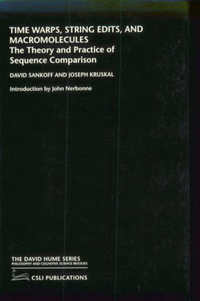
-
 Atmospheric Convection
Atmospheric Convectionby Kerry Emanuel
-
 Universe and the atom, the
Universe and the atom, theby Don Lichtenberg
-
 Fredholm Theory in Banach Spaces
Fredholm Theory in Banach Spacesby Anthony Francis Ruston
-
 An Introduction to Global Spectral Modeling
An Introduction to Global Spectral Modelingby T.N. Krishnamurti
-
 Topologically Stable Defects and Solitons in Ordered Media
Topologically Stable Defects and Solitons in Ordered Mediaby V.P. Mineev
-
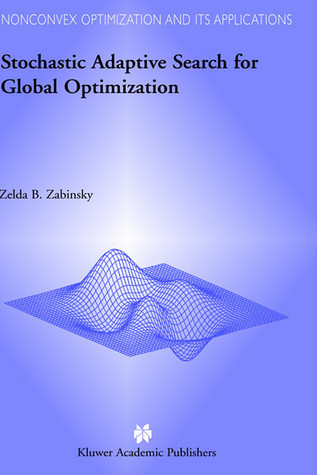 Stochastic Adaptive Search for Global Optimization
Stochastic Adaptive Search for Global Optimizationby Zelda B. Zabinsky
-
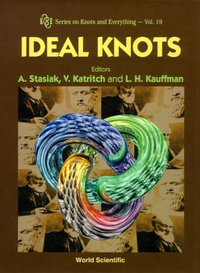 Ideal Knots
Ideal Knotsby Andrzej Stasiak
-
 Knots and Applications
Knots and Applicationsby Louis H. Kauffman
-
 Inverse Scattering for Wave and Diffusion Equations
Inverse Scattering for Wave and Diffusion Equationsby D.T. Borup
-
 Fundamentals of Two-Fluid Dynamics: Part I: Mathematical Theory and Applications
Fundamentals of Two-Fluid Dynamics: Part I: Mathematical Theory and Applicationsby Yuriko Y. Renardy Daniel D. Joseph
-
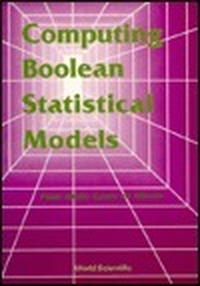 COMPUTING BOOLEAN STATISTICAL MODELS
COMPUTING BOOLEAN STATISTICAL MODELSby P.M.C. De Oliveira
-
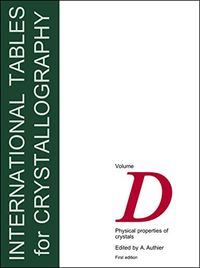
-
 Seismic Wave Propagation in Stratified Media
Seismic Wave Propagation in Stratified Mediaby B.L.N. Kennett
-
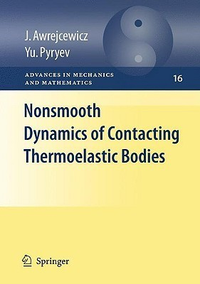
-
 Image processing in well log analysis
Image processing in well log analysisby Mark Grigorevich Kerzner
-
